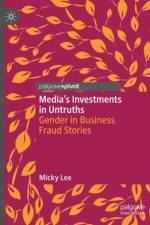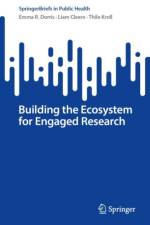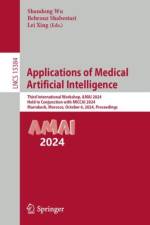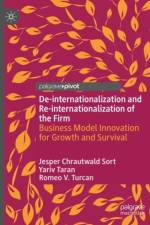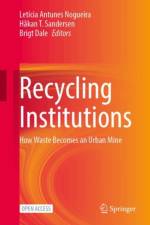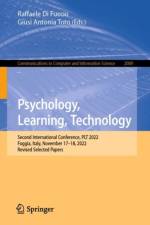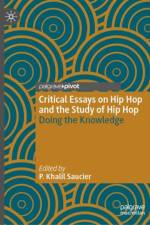av Emma R. Dorris
567
This book discusses the ecosystem and infrastructure needed to successfully embed a culture of societally engaged research at a systems level. To date, few initiatives have concentrated on systematically building a research ecosystem that promotes engagement, enhances capacity, and integrates institutional processes to connect this engagement with research impact. The authors present a critical reflection of engaged research as a systemic and dynamic process which continuously changes, and which requires adaptation. They discuss transformations required to achieve sustainable change and the actors responsible for implementing those transformations.Research is changing. There is an increased focus on aligning strategic research with societal needs, expectations and values nationally and globally. More open and inclusive approaches can reduce the distance between research and society, leading to greater impact for all stakeholders. The heart of engaged research is the collaborative engagement with community stakeholders throughout the research cycle. The authors have been striving to help researchers maximise the potential societal benefit from their research. Through these experiences, it has become increasingly clear that one of the greatest stumbling blocks that researchers face is the research ecosystem itself. The systems traditionally supporting research are based on old assumptions of who has a stake in research. In order to capitalise on the vast wealth of locally held knowledge for the benefit of research, fundamental changes in how we operate are required. The book does not lay out a firm road to achieve sustainable engaged research but can be considered as a map of the terrain with suggested pathways. Among the contents covered:< Chapter 1 provides an introduction and overview of the 'engaged research' concept and sets the scene; Chapter 2 discusses development of the engaged research ecosystem at the organisational level and the need for integrated approaches across units and services; Chapter 3 focuses on engaged research case studies, to demonstrate how engaged research can lead to greater research impact; and Chapter 4 considers future trends in engaged research and how we can create adaptable environments for future challenges.Building the Ecosystem for Engaged Research is essential reading for research administrators, university leadership, policy professionals, research funders, community-based organisations, and non-governmental organisations. The book is designed to be non-discipline specific. However, it would be of particular interest to the disciplines most active in engaged research including Health and Medicine, Environment, Ecology, Biology, Conservation, Social Justice, Social Care, Psychology, Education, Law and Policy, Astronomy, Architecture and Planning, Media and Communications, and Information Sciences.

